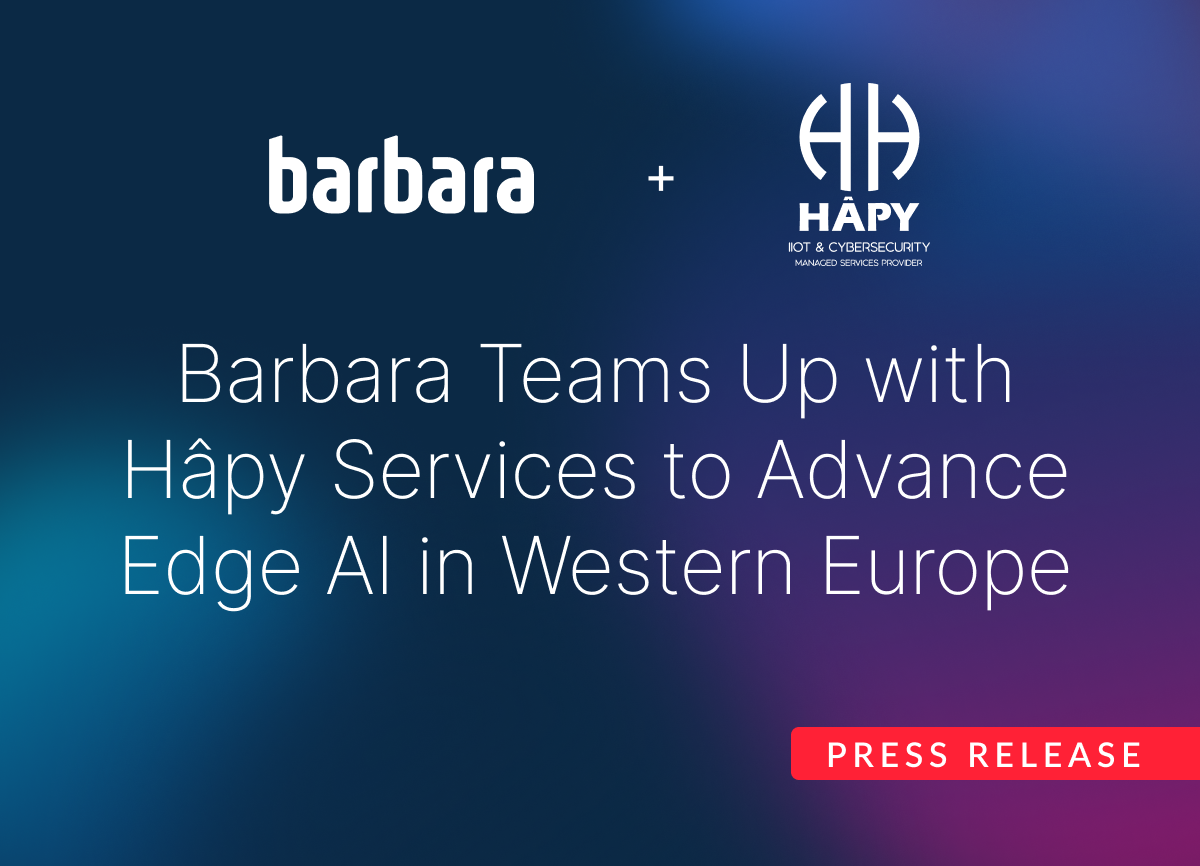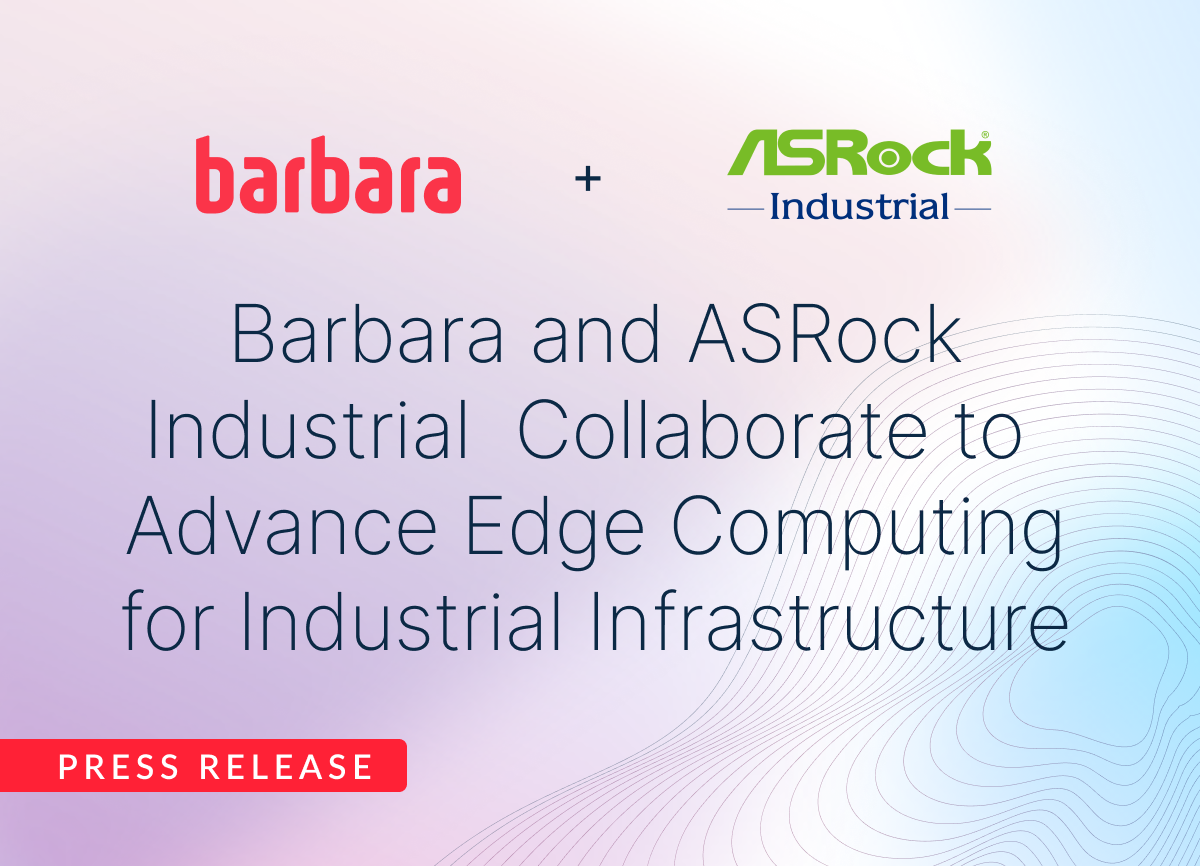Cloud vs Edge: Where Should I Deploy My Application
In recent years, the debate between Cloud and Edge Computing has been a hot topic in the world of technology. While both technologies have their advantages and disadvantages, it can be challenging to determine which one is the best option for your application. In this article, we will take a closer look at both, their benefits and drawbacks, and ultimately answer the question: Cloud vs Edge, where should I deploy my application?
As the world becomes increasingly reliant on technology, the question of where to deploy applications has become more pressing than ever. The two most popular options are cloud and edge computing, each with their own advantages and disadvantages. In this article, we explore the differences between Cloud and Edge Computing and how can help you decide which option is best for your application.
What is Cloud Computing?
Cloud Computing is a technology that has gained massive popularity. Cloud Computing is a method of delivering computing services over the internet. Instead of hosting your own hardware and software, you rent space on a cloud server, which allows you to access computing resources on-demand. Cloud computing has revolutionized the way businesses and individuals store, manage and access data. Some of the key benefits of cloud computing include:
- Scalability: Cloud Computing allows users to scale up or down their computing resources as required without needing to invest in new infrastructure.
- Cost-effective: Cloud Computing eliminates the need for hardware and infrastructure, which can be costly to maintain.
- Accessibility: Users can access their applications and data from anywhere, at any time, using any device with an internet connection.
- Data backup and recovery: Cloud Computing providers offer automatic backups and disaster recovery solutions, ensuring that your data is always secure and recoverable.
However, there are also some drawbacks to Cloud Computing. One of the most important one is the security of data stored on cloud servers. Hackers can potentially gain access to sensitive information stored on the cloud. Additionally, there can be performance issues if the network connection is slow or unstable, making cloud computing less suitable for applications that require low latency.
What is Edge Computing?
Edge Computing is a technology that has emerged as a solution to the limitations of cloud computing. It involves processing data at the edge of the network, closer to the source of the data, rather than sending it to a centralized cloud server. Edge Computing has gained popularity due to its ability to provide low-latency, real-time processing for applications that require it. Some of the key benefits of Edge Computing include:
- Low latency: Edge computing eliminates the latency that can occur when data is transmitted to a centralized cloud server for processing, making it ideal for applications that require real-time processing.
- Privacy: Edge Computing enables data to be processed locally, rather than being sent to a cloud server, which can be a concern for sensitive applications.
- Reduced bandwidth requirements: Edge Computing reduces the amount of data that needs to be transmitted to the cloud server, reducing bandwidth requirements.
However, there are also some drawbacks to Edge Computing. One of the most significant challenges is the cost of infrastructure. Deploying and maintaining edge infrastructure can be costly and requires skilled IT staff. Additionally, Edge Computing may not be suitable for applications that require a large amount of computing resources.
Cloud vs Edge: Pros and Cons
Now that we've explored the differences between Cloud and Edge Computing, let's take a closer look at the pros and cons of each option.
Pros of Cloud Computing:
- Scalability: Cloud computing allows you to scale your resources up or down as needed, making it a great option for applications with unpredictable traffic or usage patterns.
- Cost-effectiveness: By using cloud computing, you can avoid the expense of purchasing and maintaining your own hardware and software.
- Flexibility: Cloud computing offers a variety of options for deploying applications, including public, private, and hybrid cloud.
Cons of Cloud Computing:
- Latency: Cloud computing can introduce latency, which can be a problem for applications that require real-time responses.
- Performance: Cloud computing can be slower than edge computing, especially for applications that require high-bandwidth or low-latency connections.
- Security: Cloud computing introduces a new layer of security risks, as your data is stored on a third-party server.
Pros of Edge Computing:
- Latency: Edge computing can reduce latency by processing data locally, which can be especially important for applications that require real-time responses.
- Performance: Edge computing can improve performance by reducing the amount of data that needs to be sent to a centralized cloud server for processing.
- Bandwidth: Edge computing can save bandwidth by processing data locally, which can be especially important for applications that generate large amounts of data, such as IoT devices.
Cons of Edge Computing:
- Limited processing power: Edge devices typically have limited processing power compared to cloud data centers. This can limit the types of applications that can be deployed on the edge.
- Maintenance and management: Edge devices may require more maintenance and management than cloud data centers. This is because they are often distributed across different locations, which can make it challenging to monitor and update them.
Cloud vs Edge, Which One Should I Choose?
Choosing between Cloud and Edge Computing can be a challenging decision. Both technologies have their benefits and drawbacks, and the decision ultimately depends on the specific requirements of your application. Here are some key factors to consider when deciding between cloud and edge computing:
- Latency requirements: If your application requires real-time processing or low latency, then edge computing may be the best option.
- Cost: Edge computing can save bandwidth by processing data locally.
- Scalability: Companies can combine the use of local and remote networks in a flexible way, generating a scalable system according to their needs.
- Security: If your application involves sensitive data, then edge computing may be a better option, as it allows you to process data locally rather than sending it to a centralized cloud server.
Find out with our Edge Calculator the savings of migrating your applications from the Cloud to the Edge!

Frequently Asked Questions (FAQs) about Cloud and Edge Computing
1. Which factors should I consider when deciding between cloud and edge computing for my application?
When deciding between cloud and edge computing, you should consider factors such as the sensitivity of your data, the amount of data you need to process, the latency requirements of your application, and the scalability requirements of your application.
2. Which are the most popular cloud computing providers?
Some popular cloud computing providers include Amazon Web Services (AWS), Microsoft Azure, and Google Cloud Platform (GCP).
3. Which are the most popular edge computing solutions?
Some popular edge computing solutions include AWS Greengrass, Microsoft Azure IoT Edge, and Google Cloud IoT Edge.
Conclusion
Deciding between Cloud and Edge Computing for deploying your application depends on several factors, such as data sensitivity, data processing requirements, latency requirements, and scalability requirements.
Cloud computing is a good fit for applications that require large-scale data processing, while edge computing is ideal for applications that require low latency and real-time processing.
It's also worth noting that Cloud and Edge Computing are not mutually exclusive, and a hybrid approach combining both can be the best solution for certain applications. It's essential to consider the unique needs of your application and choose the deployment model that best suits your requirements.









